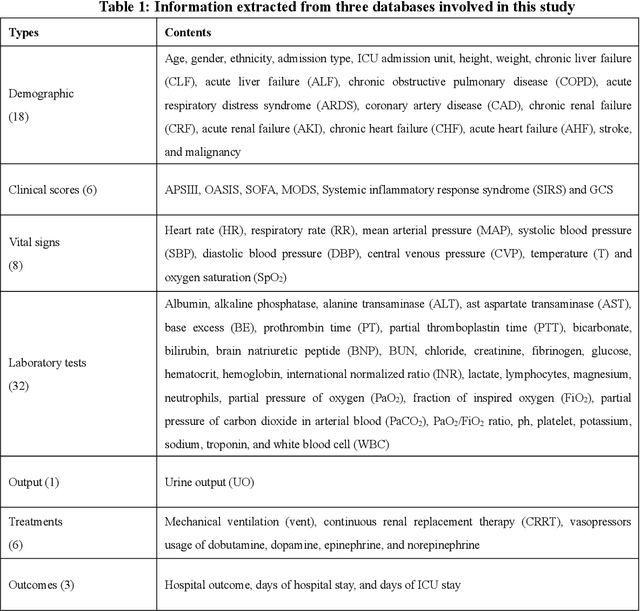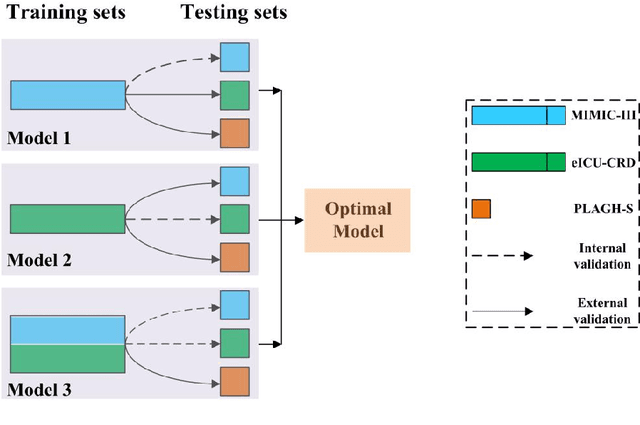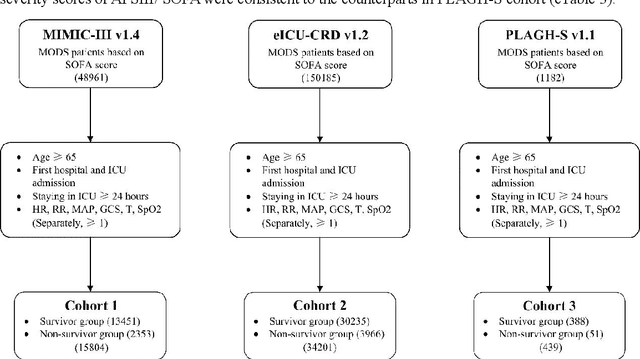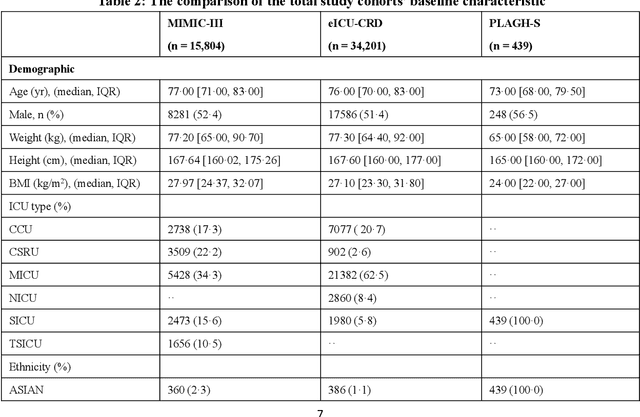Peiyao Li
Equivariant Energy-Guided SDE for Inverse Molecular Design
Sep 30, 2022



Abstract:Inverse molecular design is critical in material science and drug discovery, where the generated molecules should satisfy certain desirable properties. In this paper, we propose equivariant energy-guided stochastic differential equations (EEGSDE), a flexible framework for controllable 3D molecule generation under the guidance of an energy function in diffusion models. Formally, we show that EEGSDE naturally exploits the geometric symmetry in 3D molecular conformation, as long as the energy function is invariant to orthogonal transformations. Empirically, under the guidance of designed energy functions, EEGSDE significantly improves the baseline on QM9, in inverse molecular design targeted to quantum properties and molecular structures. Furthermore, EEGSDE is able to generate molecules with multiple target properties by combining the corresponding energy functions linearly.
Fact-Tree Reasoning for N-ary Question Answering over Knowledge Graphs
Aug 17, 2021



Abstract:In the question answering(QA) task, multi-hop reasoning framework has been extensively studied in recent years to perform more efficient and interpretable answer reasoning on the Knowledge Graph(KG). However, multi-hop reasoning is inapplicable for answering n-ary fact questions due to its linear reasoning nature. We discover that there are two feasible improvements: 1) upgrade the basic reasoning unit from entity or relation to fact; and 2) upgrade the reasoning structure from chain to tree. Based on these, we propose a novel fact-tree reasoning framework, through transforming the question into a fact tree and performing iterative fact reasoning on it to predict the correct answer. Through a comprehensive evaluation on the n-ary fact KGQA dataset introduced by this work, we demonstrate that the proposed fact-tree reasoning framework has the desired advantage of high answer prediction accuracy. In addition, we also evaluate the fact-tree reasoning framework on two binary KGQA datasets and show that our approach also has a strong reasoning ability compared with several excellent baselines. This work has direct implications for exploring complex reasoning scenarios and provides a preliminary baseline approach.
Real-time tracking of COVID-19 and coronavirus research updates through text mining
Feb 09, 2021



Abstract:The novel coronavirus (SARS-CoV-2) which causes COVID-19 is an ongoing pandemic. There are ongoing studies with up to hundreds of publications uploaded to databases daily. We are exploring the use-case of artificial intelligence and natural language processing in order to efficiently sort through these publications. We demonstrate that clinical trial information, preclinical studies, and a general topic model can be used as text mining data intelligence tools for scientists all over the world to use as a resource for their own research. To evaluate our method, several metrics are used to measure the information extraction and clustering results. In addition, we demonstrate that our workflow not only have a use-case for COVID-19, but for other disease areas as well. Overall, our system aims to allow scientists to more efficiently research coronavirus. Our automatically updating modules are available on our information portal at https://ghddi-ailab.github.io/Targeting2019-nCoV/ for public viewing.
Spectral Roll-off Points: Estimating Useful Information Under the Basis of Low-frequency Data Representations
Jan 31, 2021



Abstract:Useful information is the basis for model decisions. Estimating useful information in feature maps promotes the understanding of the mechanisms of neural networks. Low frequency is a prerequisite for useful information in data representations, because downscaling operations reduce the communication bandwidth. This study proposes the use of spectral roll-off points (SROPs) to integrate the low-frequency condition when estimating useful information. The computation of an SROP is extended from a 1-D signal to a 2-D image by the required rotation invariance in image classification tasks. SROP statistics across feature maps are implemented for layer-wise useful information estimation. Sanity checks demonstrate that the variation of layer-wise SROP distributions among model input can be used to recognize useful components that support model decisions. Moreover, the variations of SROPs and accuracy, the ground truth of useful information of models, are synchronous when adopting sufficient training in various model structures. Therefore, SROP is an accurate and convenient estimation of useful information. It promotes the explainability of artificial intelligence with respect to frequency-domain knowledge.
Interpretable Machine Learning Model for Early Prediction of Mortality in Elderly Patients with Multiple Organ Dysfunction Syndrome (MODS): a Multicenter Retrospective Study and Cross Validation
Jan 28, 2020



Abstract:Background: Elderly patients with MODS have high risk of death and poor prognosis. The performance of current scoring systems assessing the severity of MODS and its mortality remains unsatisfactory. This study aims to develop an interpretable and generalizable model for early mortality prediction in elderly patients with MODS. Methods: The MIMIC-III, eICU-CRD and PLAGH-S databases were employed for model generation and evaluation. We used the eXtreme Gradient Boosting model with the SHapley Additive exPlanations method to conduct early and interpretable predictions of patients' hospital outcome. Three types of data source combinations and five typical evaluation indexes were adopted to develop a generalizable model. Findings: The interpretable model, with optimal performance developed by using MIMIC-III and eICU-CRD datasets, was separately validated in MIMIC-III, eICU-CRD and PLAGH-S datasets (no overlapping with training set). The performances of the model in predicting hospital mortality as validated by the three datasets were: AUC of 0.858, sensitivity of 0.834 and specificity of 0.705; AUC of 0.849, sensitivity of 0.763 and specificity of 0.784; and AUC of 0.838, sensitivity of 0.882 and specificity of 0.691, respectively. Comparisons of AUC between this model and baseline models with MIMIC-III dataset validation showed superior performances of this model; In addition, comparisons in AUC between this model and commonly used clinical scores showed significantly better performance of this model. Interpretation: The interpretable machine learning model developed in this study using fused datasets with large sample sizes was robust and generalizable. This model outperformed the baseline models and several clinical scores for early prediction of mortality in elderly ICU patients. The interpretative nature of this model provided clinicians with the ranking of mortality risk features.
 Add to Chrome
Add to Chrome Add to Firefox
Add to Firefox Add to Edge
Add to Edge